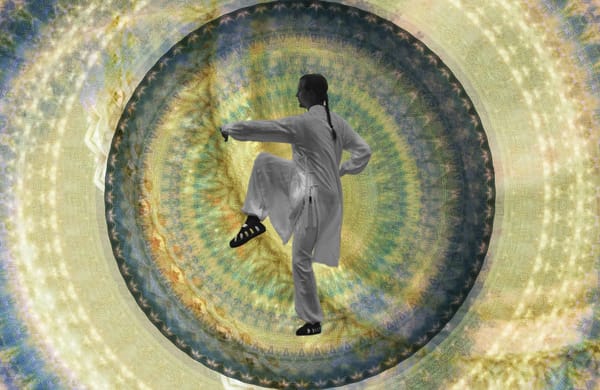Taiji Basics: Parting the Horse's Mane
Parting the Horse's Mane – 马分鬃 (Mǎ Fēn Zhōng) is a classic movement in Taijiquan that intensely embodies the internal coordination of Yin and Yang.

Integrating this technique into one's practice enhances Qi cultivation, promotes mindfulness, improves hand dexterity, and encourages overall coordination and flexibility, making it an essential component for both beginners exploring Taiji's benefits and experienced practitioners seeking to deepen their understanding.
The Purpose of Parting the Horse's Mane
In Taijiquan, the purpose of this movement is multifold: cultivating internal energy (Qi), developing softness and dexterity in the hands, refining body alignment and structure, fostering mindfulness through breath connection, and preparing practitioners for martial applications.
Parting the Horse's Mane builds up tension between the Yin (front hand) and Yang (rear hand) energies; as the Yang hand draws the opponent inward, the Yin hand maintains distance by remaining relaxed and absorptive. Parting the Horse's Mane is among those techniques that are adaptable to diverse situations; while applications may vary slightly, the core intent remains constant: disrupting the opponent's balance and gaining control.
How to Practice
To effectively practice Parting the Horse's Mane, start by adopting a balanced, relaxed stance. Initiate the motion by transferring weight onto your stepping foot while propelling your hand forward and outward, as if cleaving an invisible mane; simultaneously, allow your other hand to trace a smooth, curved trajectory inward and backward, maintaining a constant distance between both hands. Synchronise this movement with breath – exhale upon parting, inhale on return – whilst preserving mental awareness of the Yin-Yang distinction throughout. Practice repeatedly for fluidity and consistency, incrementally escalating speed and power while retaining control and balance; explore variations in starting positions, arm angles, and speeds to accommodate diverse applications.




